Jim East
- 176 Posts
- 49 Comments

 1·1 hour ago
1·1 hour agoAll systems of oppression must be dismantled, no matter how inconvenient or unpleasant that process may be.

 1·1 hour ago
1·1 hour agoThis article was (from what I understood) mostly referring to old heirloom crops that are no longer widely grown because they’ve been superseded by newer commercial cultivars. I remember hearing that in the early 1900s, there were something like 53 potato cultivars available to buy in grocery stores in the USA, but by the end of the century, there were only 4. That probably applies to other crops as well. Another example of capitalism reducing biodiversity, I guess.

 6·3 hours ago
6·3 hours agoI think that the point of the article is that keeping a large seed collection in storage is a risk; if the freezer fails, all of those seeds are lost forever. Even if the seeds are preserved indefinitely, after a few centuries of climate change, they may not be able to survive in the same region where they were collected, whereas by growing them out generation after generation, they are allowed to adapt to changing conditions and maintain a different sort of viability.
It would seem that keeping some seeds preserved in cold storage while also growing some of the same lineage in as many locations as possible would be the most effective means of keeping the genetics alive.

 6·16 hours ago
6·16 hours agoSomeone has to be the first.

 3·19 hours ago
3·19 hours agoThe article is definitely lacking details about the Moche and Chimu cultures. The coast of Peru has a history of severe droughts and floods and landslides and earthquakes, yet these people had advanced irrigation systems and managed to live in such an environment for centuries. From what I understand, it’s the communal management and temporary nature of the irrigation infrastructure that differs from modern methods, but the how of managing it and moving it over time is left out. If anyone knows more, perhaps they can comment here.

 1·21 hours ago
1·21 hours agoHave you ever been a-wanderin’
out in the great outdoors
when suddenly you feel a little
movement in your drawers?
And from your life’s experience,
you know that that ain’t good.
'cause all you see around you
is just rocks and grass and wood?
And in your mind you’re thinkin’
toilet paper’d be the best,
‘cause the way this thing is feelin’,
it could be a great big mess?
And all that you can think is
“What the hell am I gonna do?”
But fortunately nature
has a solution just for you!Oh, the Toilet Paper Plant
is a magical thing!
When you wipe your butt with it,
it makes you wanna sing!
Probably the softest leaves
that you have ever seen!
And when you’re done, your derriere
is so damn super clean!Well I thank GOD, ALLAH,
and BABY JESUS too
for Toilet Paper Plants
when we really gotta poo!
'Cause when you’re in an emergency,
and there’s no water to be found,
you thank the lord up above
for Toilet Paper Plants around!Oh, the Toilet Paper Plant
is a magical thing!
When you wipe your butt with it,
it makes you wanna sing!
Probably the softest leaves
that you have ever seen!
And when you’re done, your derriere
is so damn super clean!And if you think savin’ your underwear
is all that it can do,
close your eyes and realise,
I got better news for you!
The Toilet Paper Plant
makes a tasty little fruit,
like tiny little blueberries
that give you a little toot!
And if you feel another one
comin’ down the pipe,
congratulations for discoverin’
the greatest cycle of life!'Cause the Toilet Paper Plant
is a magical thing!
When you wipe your butt with it,
it makes you wanna sing!
Probably the softest leaves
that you have ever seen!
And when you’re done, your derriere
is SO
DAMN
SUUUU
PERRR
CLEEEEEEAN!
…That song is about Miconia crenata, but it’s relevant to the spirit of the article if not the letter.
(FYI, planting Miconia crenata outside of its native range is generally considered a Really Bad Idea™. Find a native toilet paper plant for your area!)

 2·2 days ago
2·2 days agoHello and thank you for your thoughtful comment. In general, I agree. I was not insinuating that Dipteryx oleifera trees (or plants in general) are only valuable as a source of food. They provide a myriad of ecosystem services, and all life in the forest is connected and interdependent. I simply meant that while some fruit-bearing plants are widely planted outside of their native range for food (durians, mangos, peaches, and probably most things that we both eat), this particular tree is probably not worth planting for its fruit alone (especially considering its size), and therefore it doesn’t make sense to grow it outside of its native range as one might do with some other fruit trees. Within its native range, it could be worth planting for the sake of restoring the forest, in which case eating the fruit would be a bonus.
Of course, no animal is food.
It’s more beautiful than delicious, honestly. The fruit doesn’t have a very strong flavour, and the spines and seeds make it difficult to eat many of them out of hand, BUT blended with other things, it can be quite nice.

 1·3 days ago
1·3 days agoIs “spikes” a euphemism for durian?

 1·3 days ago
1·3 days agoFor those finding this post for the first time, OP is now an admin of https://lemmy.vg/ which is a Lemmy instance run by vegans for vegans.
 1·3 days ago
1·3 days agoThe Dunstan chestnut is a traditional hybrid developed decades ago. It wasn’t exactly the same as the original American chestnut (Castanea dentata), but was that really such a problem?

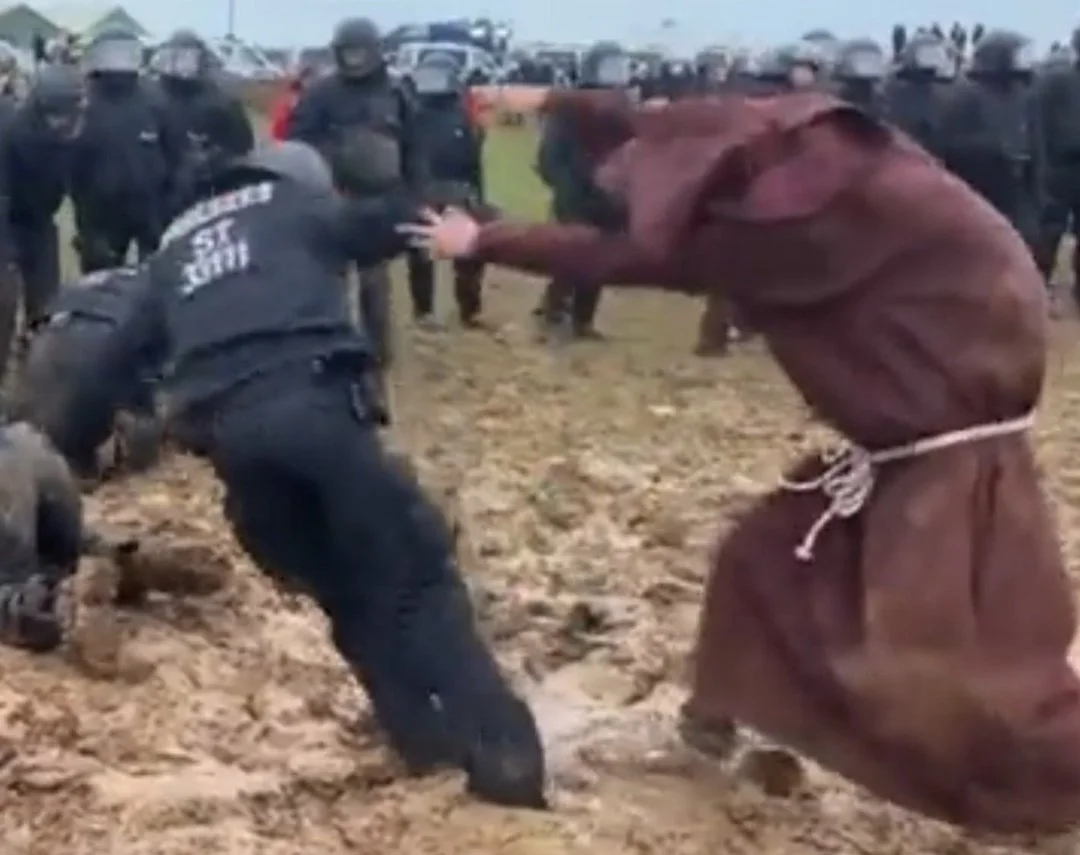 2·4 days ago
2·4 days agoDid you see this farther down on the same page?
The 1000 Liters of water in the Bathtub corresponds to the 1000 Gigatons of CO2 we have added to the atmosphere since 1750. The inflow of 50 L/m into the bathtub corresponds to the 51 Gigatons of greenhouse gases we are emitting each year. When the Killing machine faucet is shut off, it reduces the net inflow into the bathtub to 5 L/m, a 90% reduction in the inflow, which corresponds to the 87% reduction we expect in real life. The 2000 Liters of Vegan Reforestation potential corresponds to the 2000 Gigatons of CO2 that can be stored through rewilding grazing lands. The 350 Liters in the Aerosols cistern corresponds to the one-third increase in radiative forcing that will occur when aerosols disappear as well as the outgassing of CO2 that will occur from the ocean/land as we reduce CO2 levels in the atmosphere.
To put it another way:
The bathtub basically represents the world climate system. The water in the bathtub represents the greenhouse gases (mainly carbon dioxide, methane, and nitrous oxide) that humans have put into the atmosphere, responsible for the warming of the planet.
The baby represents life on Earth, the majority of which will be killed in a mass extinction if climate change continues too far. This is represented by the baby drowning in the bathtub full of water.
The burning machine represents the burning of fossil fuels (petroleum, coal, natural gas, and all of the related substances like tar sands and oil shale). The faucet on the left side represents the greenhouse gas emissions from the burning of fossil fuels, contributing to climate change.
The “Aerosols” cistern represents the amount of warming that has not occurred due to the cooling effect of air pollution reflecting sunlight back into space. If the air pollution (largely caused by burning fossil fuels) were to dissipate, such as by shifting to cleaner-burning fuels (low-sulphur diesel fuel, for example) or by no longer burning fuel for energy at all (shutting down the “burning machine” in this analogy), then all of the warming cancelled out by the pollution will occur. This is represented by the water in the cistern flowing out into the bathtub; removing the aerosol pollution has the same effect as adding more greenhouse gases to the atmosphere.
The killing machine represents the animal exploitation industries, including but not limited to animal agriculture. The smaller faucet on the right side represents the greenhouse gas emissions of these industries due to deforestation, animal respiration and flatulence, fermentation of waste, and so on.
The drain of the bathtub represents the rate at which forests and other natural vegetation could capture greenhouse gases (mainly carbon dioxide), removing them from the atmosphere and removing their effect on the climate. This only applies if the forests are allowed to grow back, which is currently not the case due to the huge amount of land used by animal agriculture for grazing and the production of feed crops (maize, soya, palm oil, and so on). This is representing by the animal parts and secretions blocking the drain.
The 2000L Vegan Reforestation Potential tank represents the total amount of carbon dioxide that could be captured and removed from the atmosphere, negating its effect on the climate, if the land currently used for grazing cows/goats/sheep/others were allowed to regrow into forest. It is called the “vegan” reforestation potential because in order for that land to be freed from grazing so that the forests to grow back, people need to live vegan.
The climate bathtub model is meant to illustrate that ending the use of fossil fuels without ending animal exploitation would not only not solve the climate crisis, it would immediately make the problem worse due to the reduction in aerosol pollution. It is crucial to first “unblock the drain” by putting an end to the industrial-scale killing of other animals in order to stop the climate bathtub from overflowing and drowning the baby (killing most life on Earth). The order of operations matters. Like algebra class.
Does that help?

 2·5 days ago
2·5 days agoThere is one type of regenerative agriculture that is good and should be promoted: Regenerative Veganic Agriculture. Veganic farming is the organic cultivation of plants and crops with a minimal amount of exploitation or harm to any animal. For instance, no use of animal manure or bone/fish meal, and use instead mulch, vegetable compost, green manure, or chipped branched wood. No pesticides and no use of animals to plough fields either. Veganic farmers try to produce their sources of fertility directly on the farm and use crop rotation and polyculture. Regenerative Veganic Agriculture is the transformation of veganic gardening or small-scale veganic farming into a scalable solution to address the current global environmental crisis.
Regenerative veganic agriculture is exactly what is needed, especially tree-based agriculture (agroforestry) using syntropic methods to build fertility. If more people would convert pasture land to largely tree-based agricultural systems, like various projects are doing around the world, then that would spare existing forests from agricultural expansion while simultaneously planting trees as a by-product of growing food on land that would not have otherwise been allowed to naturally reforest itself anyway. It is by far the most sensible and sustainable form of agriculture, with the potential to be the most ethical as well.

 1·7 days ago
1·7 days agoThank you for taking the time!
!fruit@slrpnk.net welcomes you!
Thank you for sharing such beautiful words of wisdom in these troubled times.

 1·10 days ago
1·10 days agoEven if you cover the whole planet in forests, there is a finite amount of fossil fuels you can burn before it is negated.
I think that this is the crux of the matter, and of course you’re right. The total amount of carbon stored in fossil fuels is (presumably, without searching for the numbers) much greater than the amount currently stored in living organisms, so there is a finite amount of fossil fuels that can be burnt before the carbon emissions exceed the capacity of forests/vegetation to capture it. Do you know what that “finite amount of fossil fuels” would be? From what I have seen, it is quite large, though humanity is rapidly approaching it. What’s needed is for the rate of emissions to be reduced below the rate of capture, and so a reduction in fossil fuel use is urgently needed, but I wouldn’t say that completely eliminating fossil fuel use is more important than protecting forests. All that’s needed in the long term is for carbon capture to at least equal carbon emissions. In the short term, the planet is already close enough to the “point of no return” that reforestation is necessary in order to bring down levels of carbon dioxide, regardless of how quickly fossil use ceases. It has to be both. Burning fossil fuels is not a sustainable way to meet the energy needs of 8 billion+ humans. Cutting down forests for biofuel is not a sustainable way to meet the energy needs of 8 billion+ humans. Deforestation for biofuel would be sustainable for a much larger population than would burning fossil fuels (due to the extremely slow renewal rate of fossil fuels), but we’re past that point. There’s not enough land. Either energy consumption needs to drastically decrease, or non-combustion sources of energy are needed.
I get the impression that we are essentially “on the same side” and just quibbling over details. You make an excellent case against fossil fuels! Looking at it in terms of the broader carbon cycle makes the necessity of ending fossil fuel use very obvious even ignoring any concerns about pollution, destructive extraction practices, or other harmful effects.
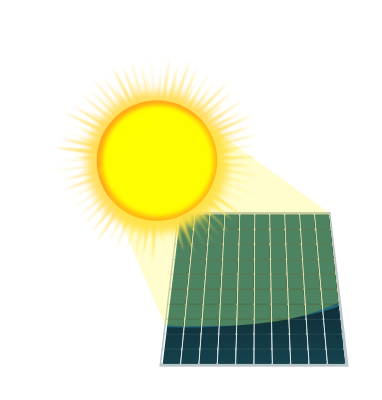








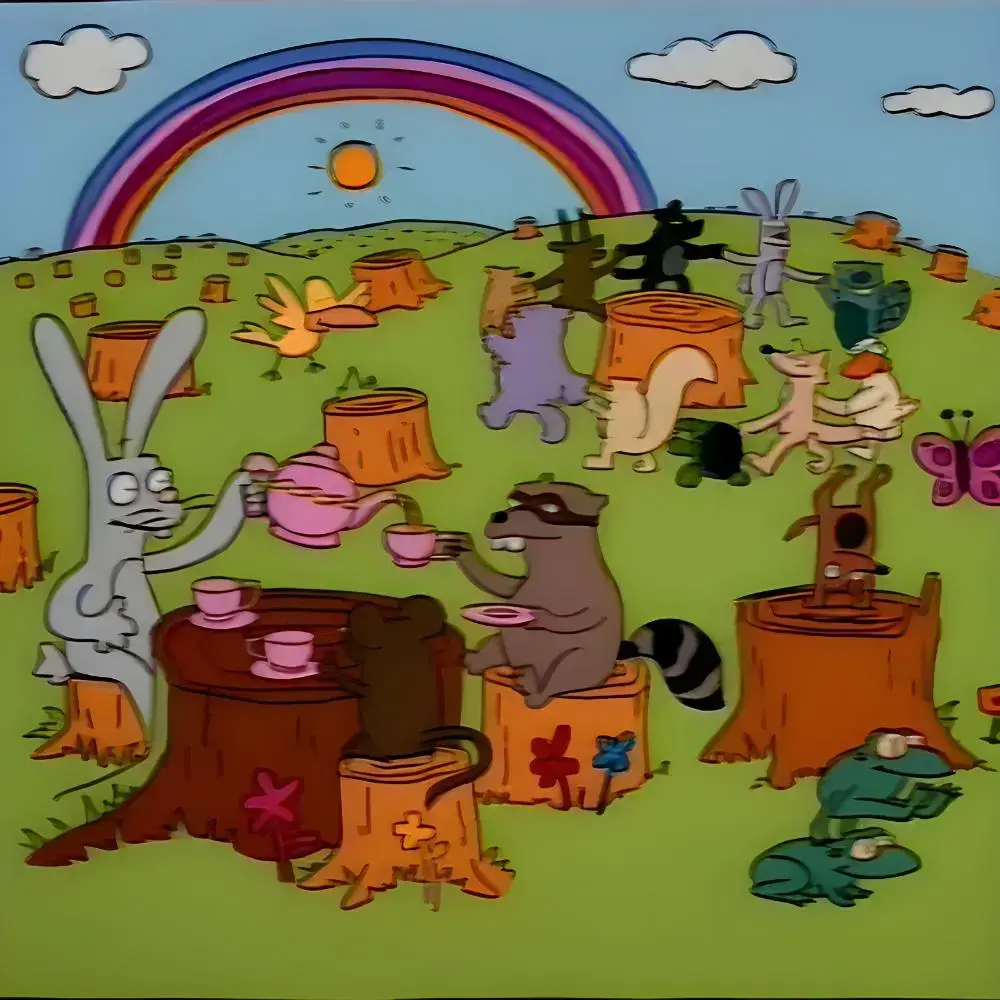

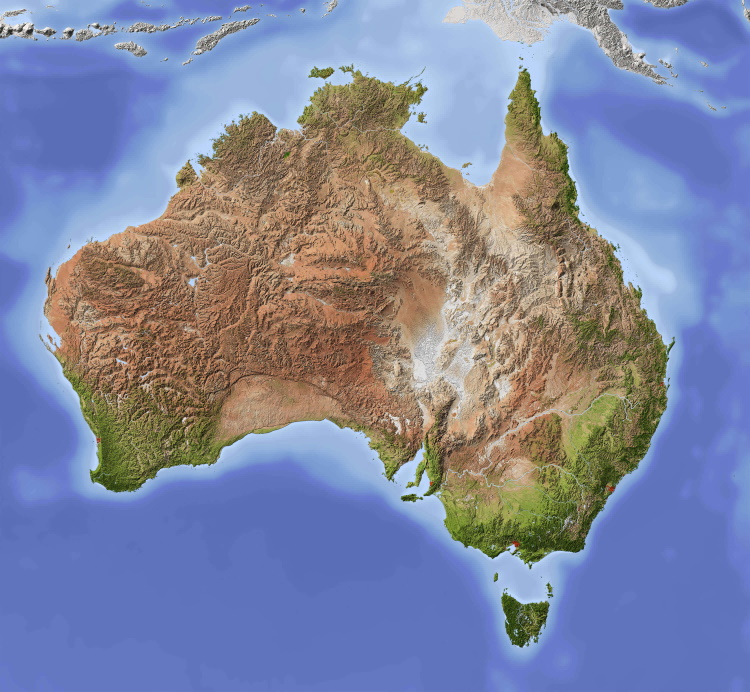









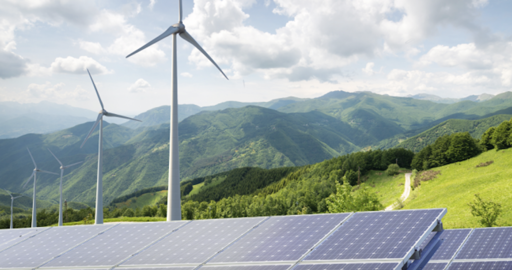
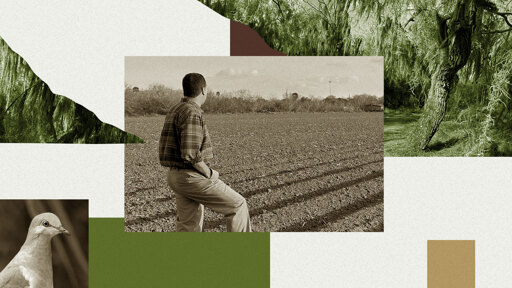


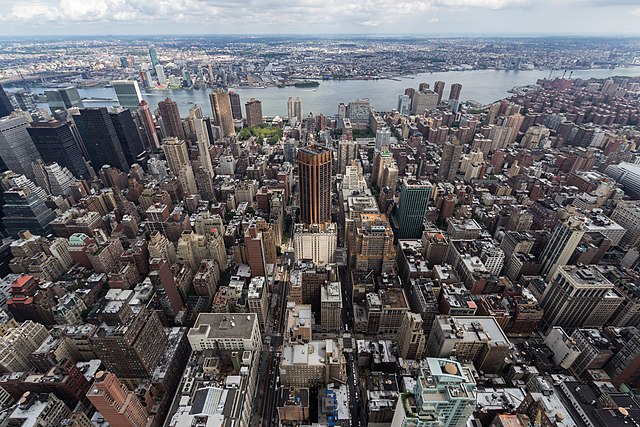

I remember reading a few years back that about half of the total world production of palm oil goes to “livestock” feed, but I cannot find the source now.